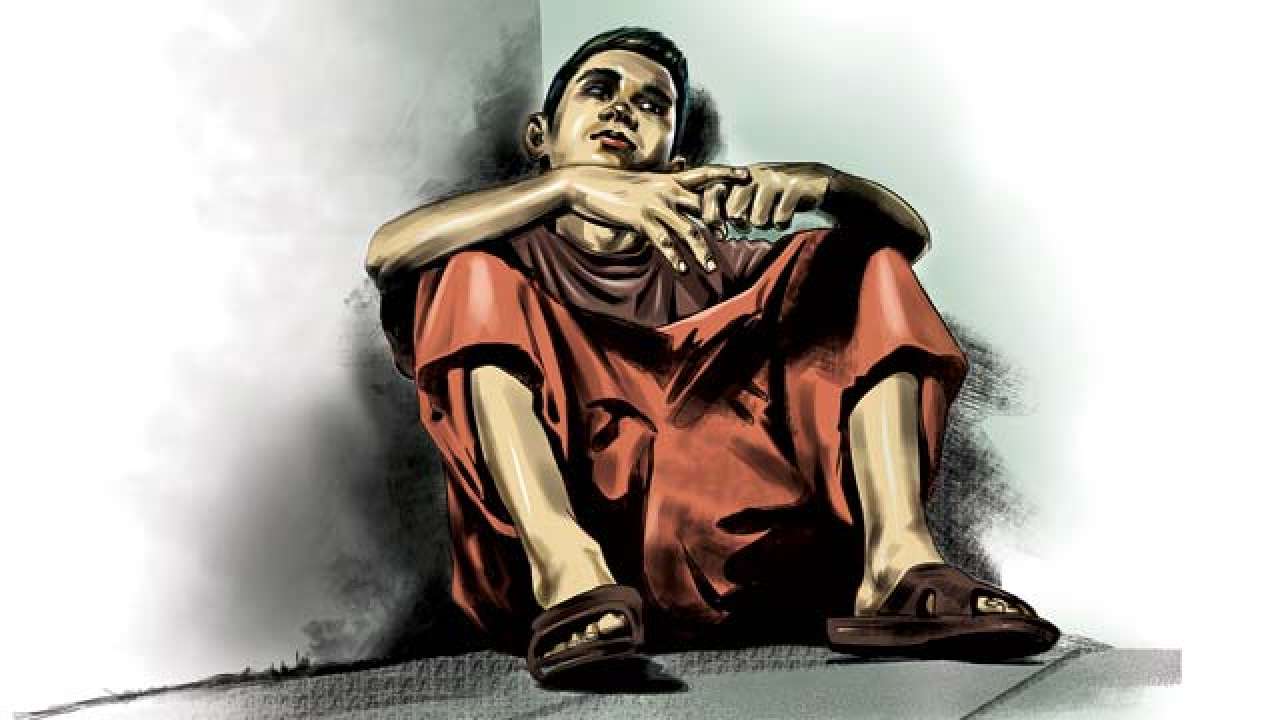The age determination based on ossification test though may be useful is not conclusive in nature. Moreover, for the claim of juvenility, the offender must be a juvenile at the time of the commission of the crime. This principle was upheld by the Supreme Court of India presided by J. ROHINTON FALI NARIMAN, J. HEMANT GUPTA and B.R. GAVAI in the case of RAM VIJAY SINGH vs. STATE OF UTTAR PRADESH [CRIMINAL APPEAL NO. 175 OF 2021].
In the present case, the appellant filed an application for bail, inter alia, on the ground that he was juvenile on the date of incident i.e. In support of plea of juvenility, the appellant relied upon family register maintained by the Panchayat, Aadhaar Card and an order passed by the High Court in the year 1982. In the said order, the High Court had granted bail on the basis of the report of the Radiologist that the age of the appellant at that time was between 15½ – 17½ years. The appellant further stated that he had moved criminal miscellaneous application raising a claim of him being a juvenile at the time of commission of offence before the High Court but the said application was not decided and the appeal was dismissed on merits. The Medical Board submitted a report to the High Court opined that the age of the appellant is between 40-55 years. The State and the informant objected to the report. Further, there was also a mention of a single barrel gun granted to the appellant, a couple of days after the occurrence of the incident. However, the High Court on the basis of the medical report submitted its order to this Court stating that the appellant was juvenile on the date of commission of the offence.
The High Court of Allahabad held, “Courts have taken judicial notice of this fact and have always held that the evidence afforded by radiological examination is no doubt a useful guiding factor for determining the age of a person but the evidence is not of a conclusive and incontrovertible nature and it is subject to a margin of error. Medical evidence as to the age of a person though a very useful guiding factor is not conclusive and has to be considered along with other circumstances.”
The honorable Supreme Court observed, “The oral evidence along with the statement of doctor who conducted the post-mortem suggest that the injuries on the head of the deceased were caused by a blunt weapon. The blunt weapon as deposed by the eyewitness is the lathi in the hands of the present appellant. Lathi may be common article with the villagers but the use of lathi as a weapon of offence is a finding of fact recorded by the Courts below. As per the postmortem report, the deceased suffered multiple injuries which shows attack by more than one person. The nature of injuries also shows that hard, blunt object as well as sharp edged weapons was used to inflict injuries. It is the appellant who was armed with Lathi whereas the other convicted accused Shiv Vijay Singh was armed with Axe. The incised wound suffered by the deceased was possible with an Axe. As per the report, there is sufficient number of injuries caused by an Axe and Lathi on the person of the deceased. However, the learned trial court as well as the High Court had appreciated the entire evidence to return a finding of guilt against the appellant. Therefore, we do not find any merit in the present appeal.”


